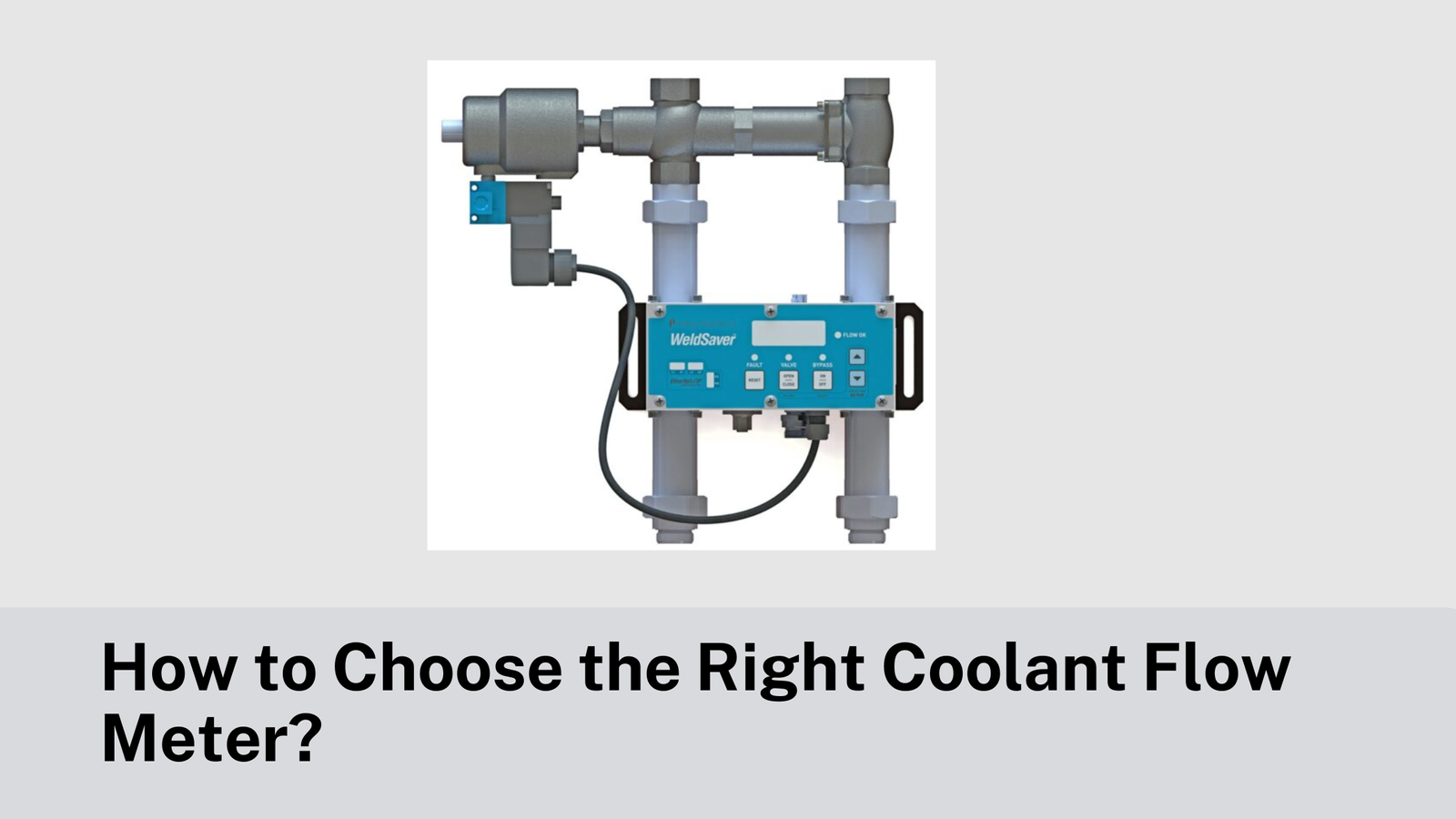-
Fil d’actualités
- EXPLORER
-
Blogs
-
Evènements
How to Choose the Right Coolant Flow Meter?

A coolant flow meter is a device designed to measure the rate at which coolant fluid moves through a system. It is crucial in ensuring thermal management and system efficiency, especially in industrial and automotive environments. Accurate flow measurement prevents overheating, equipment damage, and inefficiencies in processes. Whether monitoring machinery or engine cooling systems, selecting the right coolant flow meter ensures reliable performance and operational safety. This article provides insights into how coolant flow meters work, factors to consider during selection, and how to choose a model tailored to your specific application.
Understanding Coolant Flow Meters
Coolant flow meters measure the flow rate of liquid coolants, helping monitor and regulate thermal systems. These meters use mechanical, electromagnetic, ultrasonic, or thermal mass mechanisms to determine flow. These meters are commonly found in machines, automotive engine testing setups, and large-scale industrial cooling systems, which support system optimisation and longevity. Coolants vary and may include water-based solutions, glycol-based fluids, or oil-based coolants, each requiring compatible meter materials. Understanding the coolant type and application context is essential for selecting a flow meter that delivers accurate, consistent measurements.
Key Factors to Consider When Choosing a Coolant Flow Meter
When selecting a coolant flow meter, identify the type of coolant used—ensure meter materials are chemically compatible. Consider the flow rate range; the meter must handle the system’s minimum and maximum flow conditions. Evaluate temperature and pressure ratings to confirm the meter can operate reliably in your environment. Determine your accuracy needs, as precision varies among meter types and use cases. Lastly, consider coolant viscosity and particulate content, as thicker fluids or debris can interfere with some meters, making others, like non-intrusive models, more suitable.
Digital vs. Analogue Coolant Flow Meters
Digital coolant flow meters offer advanced features like real-time monitoring, data logging, and remote access, which are ideal for complex or high-precision environments. They integrate seamlessly with automation systems and provide detailed analytics for performance optimisation. Analogue meters, while lacking digital sophistication, are often preferred in simpler systems due to their reliability, cost-effectiveness, and ease of use. For applications where budget or minimal monitoring suffices, analogue may be ideal. The choice depends on your system’s complexity, data requirements, and future scalability needs.
Installation and Maintenance Considerations
A key aspect of flow meter selection is ease of installation—noninvasive models, for instance, reduce downtime. Durable construction ensures long service life, particularly in harsh conditions. Maintenance requirements vary; some meters need periodic cleaning or recalibration, while others are largely maintenance-free. Always check the calibration requirements, especially if precise measurements are vital. Opt for meters with simple access points and minimal moving parts to reduce the risk of wear. Choosing a flow meter with reliable support and accessible service parts minimises long-term disruptions.
Performance Trade-offs
Higher upfront costs for advanced coolant flow meters can yield long-term benefits through greater efficiency, reduced downtime, and extended equipment lifespan. Investing in a highly accurate or digitally enabled model may improve diagnostics and predictive maintenance capabilities, leading to fewer failures and service interruptions. When evaluating ROI, consider how the meter impacts productivity, repair costs, and energy use. Premium options often justify their cost for operations where flow precision directly influences quality or safety. However, basic meters may offer sufficient performance for stable, low-demand systems with limited budgets.
Conclusion
Choosing the right coolant flow meter involves more than picking a model off the shelf—it requires understanding your specific system needs, coolant type, and performance expectations. Key considerations include material compatibility, flow range, operating conditions, and precision requirements. Decide whether digital features are necessary or a simpler analogue model will do, and factor in installation, maintenance, and long-term performance. You can select a flow meter that enhances your system’s efficiency, reliability, and lifespan by thoroughly evaluating these elements. Tailor your choice to your unique application to ensure accurate coolant monitoring and optimal results.
FAQS
Q1: What’s the difference between a digital and an analogue flow meter?
Digital meters offer data tracking and remote monitoring, while analogue models are simpler and more cost-effective.
Q2: Can one flow meter handle all coolant types?
Not necessarily—ensure chemical compatibility with your coolant.
Q3: How often should flow meters be calibrated?
Calibration frequency depends on usage and precision needs—typically annually.
Q4: Are non-invasive meters reliable?
Yes, especially in clean systems with consistent flow.
Q5: What affects a meter’s accuracy?
Fluid viscosity, temperature, pressure, and particulate presence can impact measurement accuracy.






